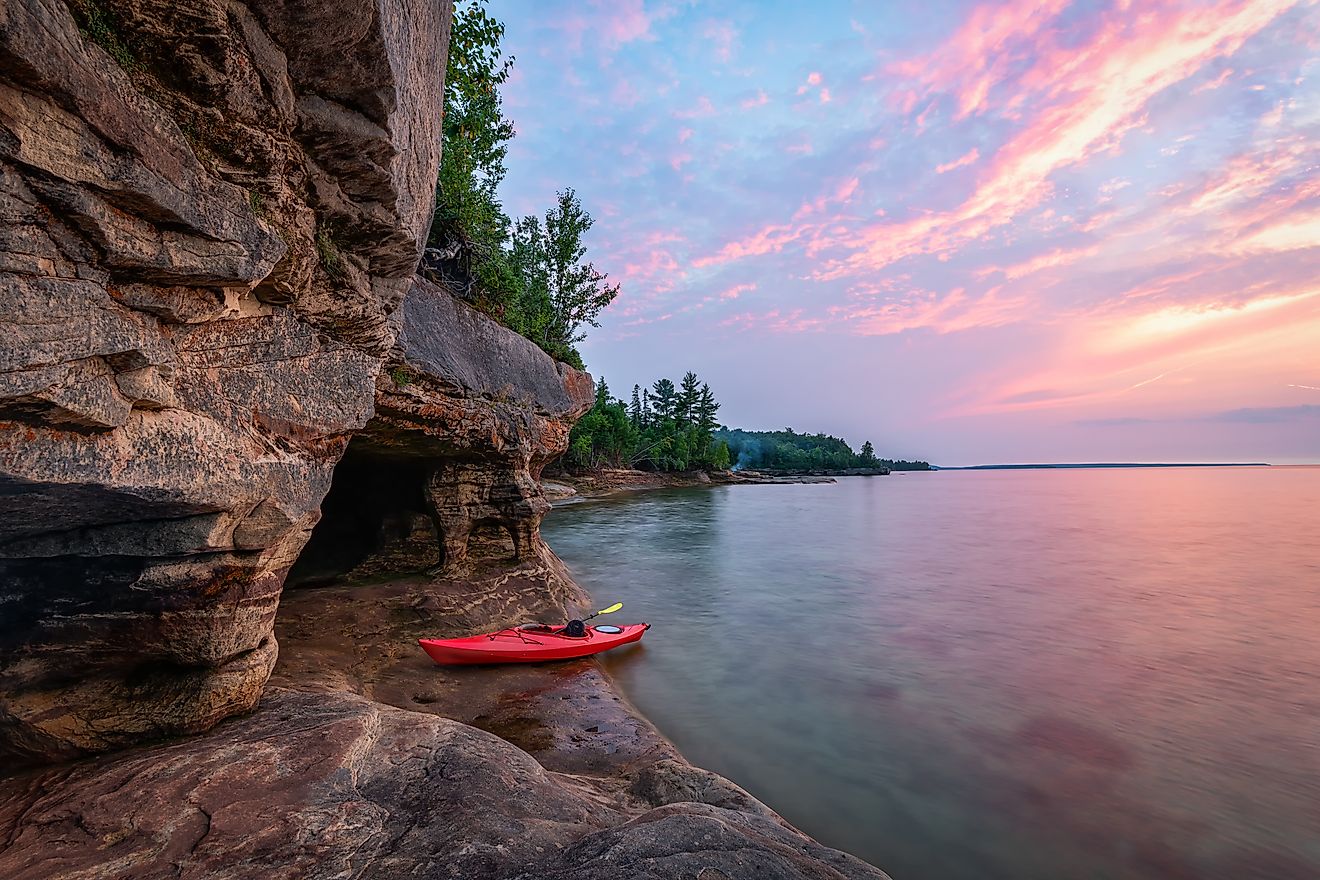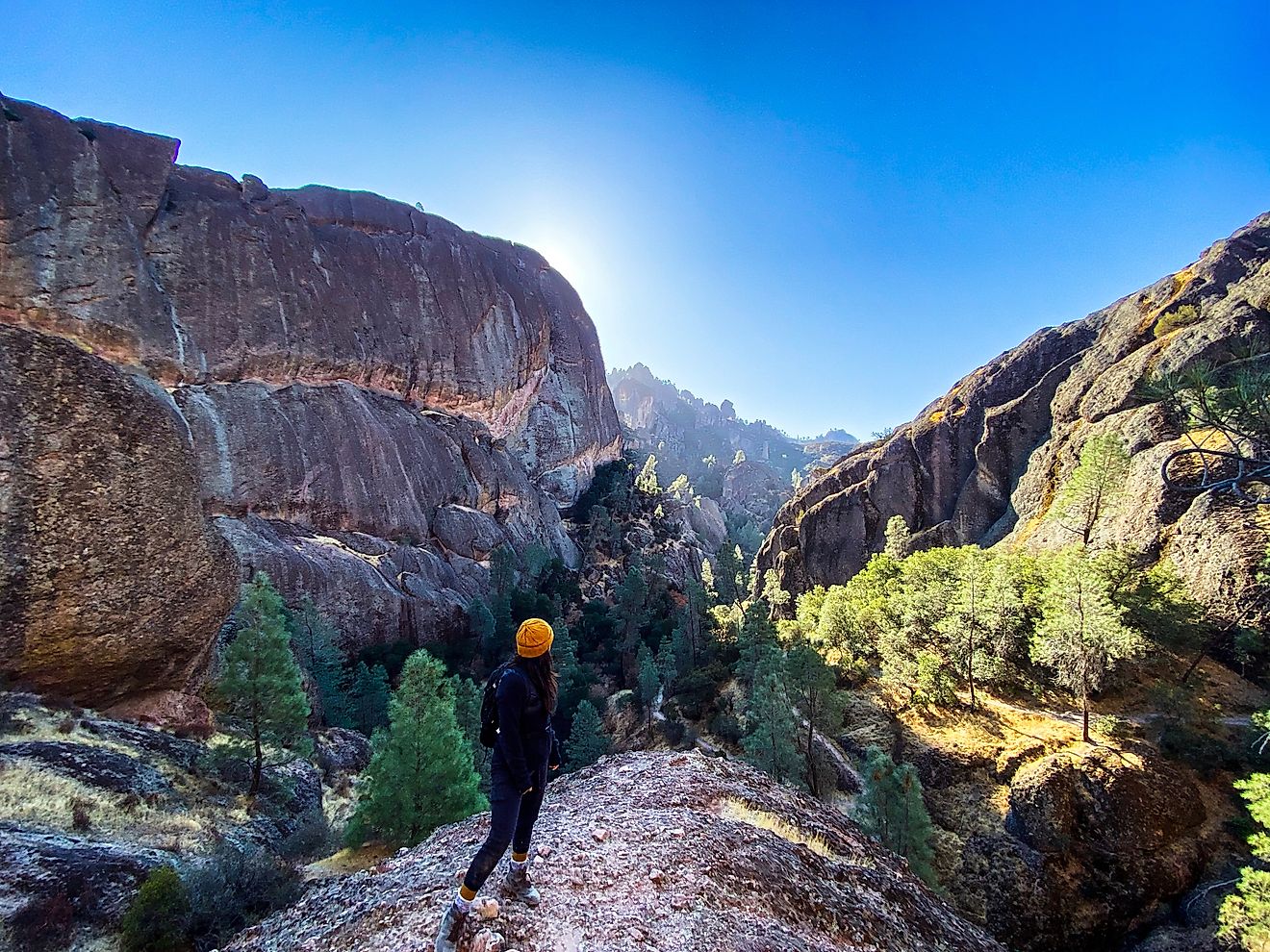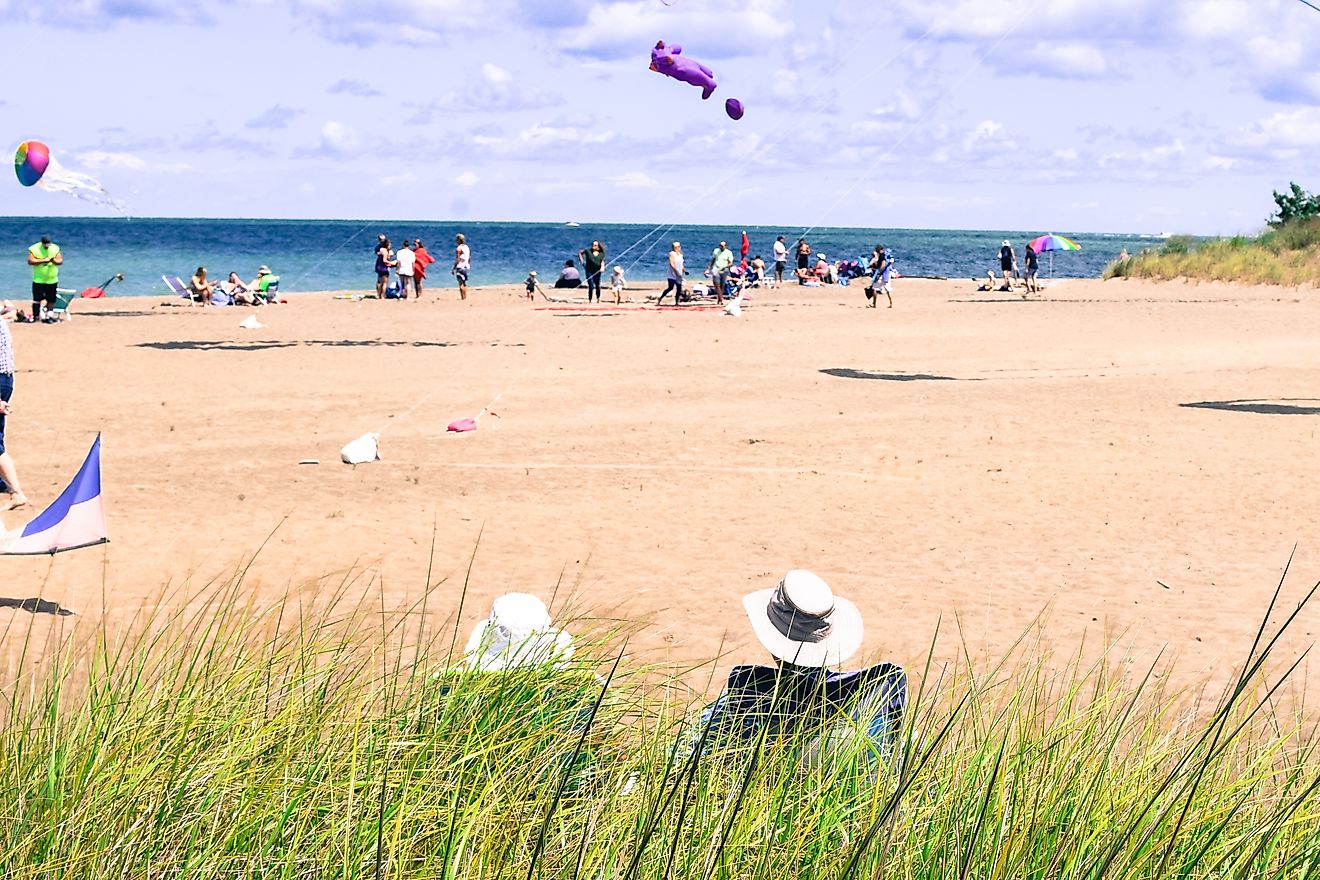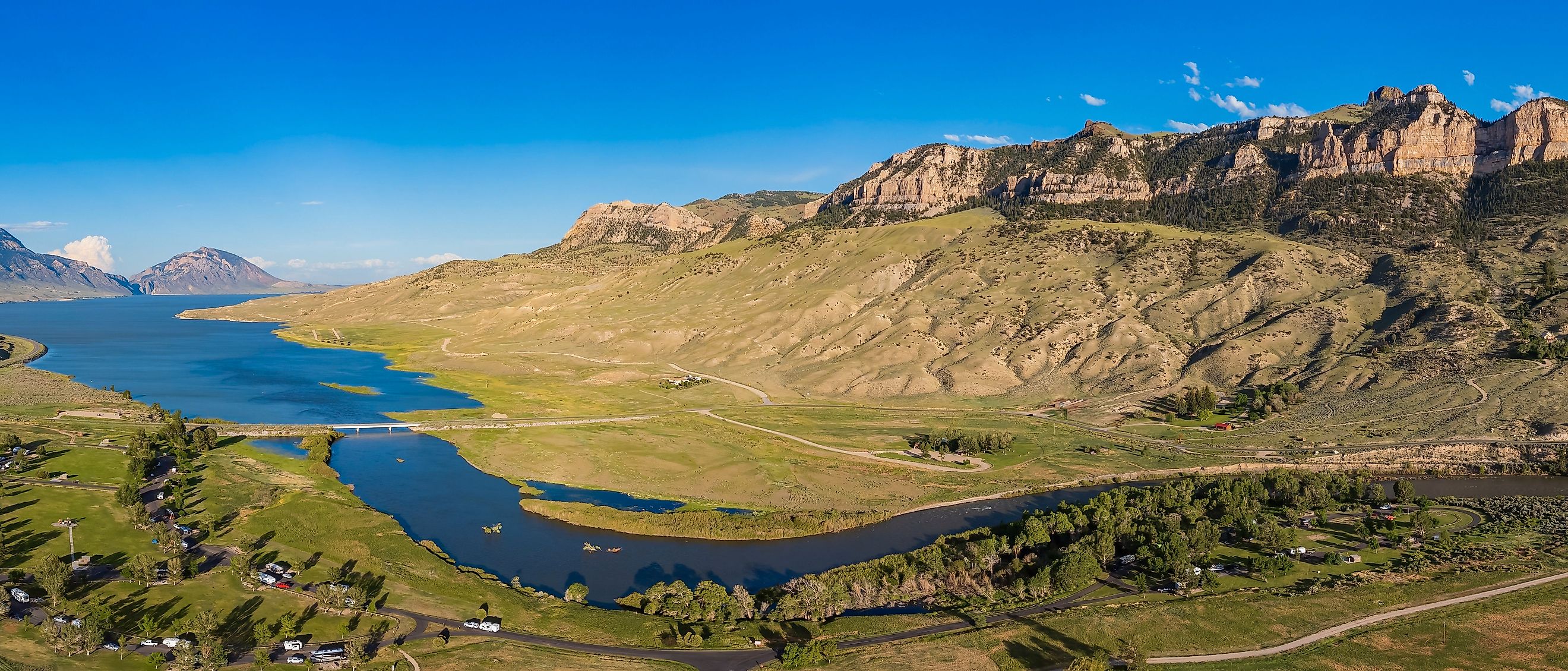
Why Wyoming is The Least Populated State
Wyoming, with its sparse population of around 578,000 people, stands as the least populated state in the United States. Its expansive yet rugged terrain, characterized by mountainous landscapes and harsh weather conditions, poses challenges for settlement. Economic opportunities, primarily driven by extractive industries, fluctuate, impacting job availability and population growth. Cultural aspects, steeped in a history of frontier spirit and self-reliance, influence migration patterns. Government policies, while aiming to attract residents, face hurdles in addressing healthcare and educational needs, particularly in rural areas. The convergence of these factors paints a nuanced picture of why Wyoming maintains its sparse population status.
Geographic Features
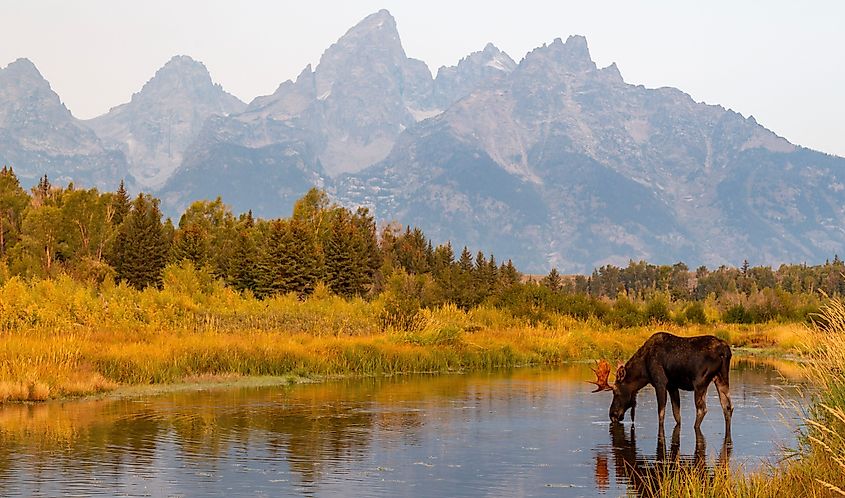
Wyoming's expansive terrain, spanning nearly 98,000 square miles, includes rugged mountains, vast plains, and extensive wilderness, which hinder large-scale settlement due to harsh climates and challenging landscapes. Additionally, the state's size and sparse infrastructure make travel between communities difficult, dissuading individuals seeking urban amenities. Limited road networks and transportation options further exacerbate the challenge, impeding connectivity and access to essential services for residents in remote areas.
Climate Conditions
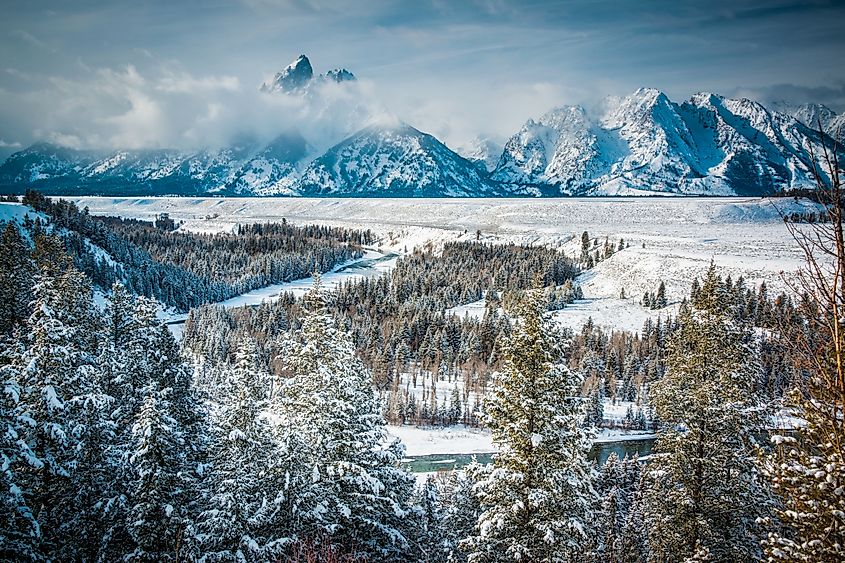
Wyoming's climate, characterized by cold winters and mild summers, poses challenges to sustaining a sizable population. Harsh weather conditions, including heavy snowfall and bitter cold, deter settlement in certain areas, limiting population concentrations to more temperate regions. The state's arid climate in the west and continental climate in the east further impact population distribution, as individuals may seek environments with more favorable weather conditions. Additionally, fluctuations in precipitation levels and the unpredictability of weather patterns contribute to the state's low population compared to other regions. Despite its natural beauty and abundant resources, Wyoming's climate conditions present barriers to widespread settlement.
Economic Factors
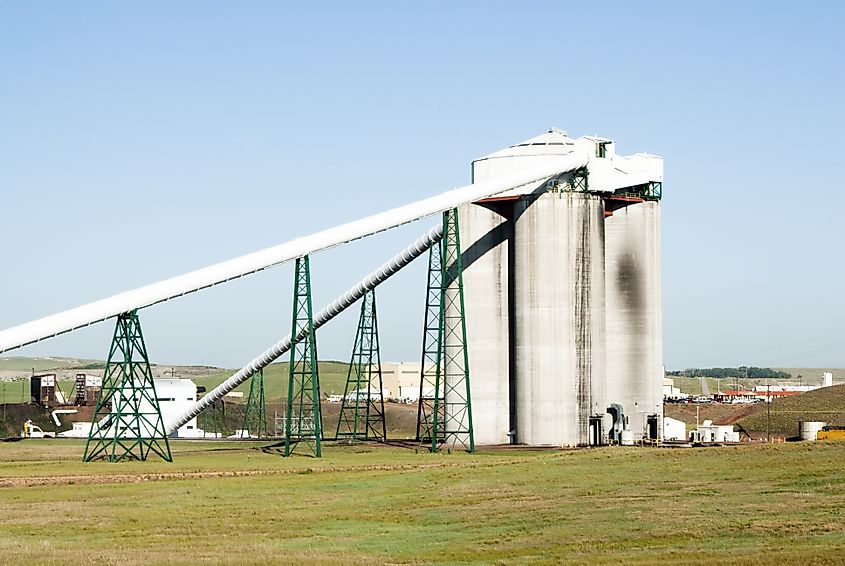
Loadout silos at a coal mine in Wyoming
Wyoming's economy is largely driven by extractive industries such as mining, agriculture, and energy production. The state boasts abundant natural resources, including coal, natural gas, and uranium, which have historically attracted workers seeking employment opportunities in these sectors. However, the cyclical nature of extractive industries, combined with advancements in technology and automation, has led to fluctuations in job availability, impacting population growth. Additionally, the dominance of rural and sparsely populated areas limits the diversity of economic opportunities available to residents, further influencing migration patterns.
Cultural and Social Aspects
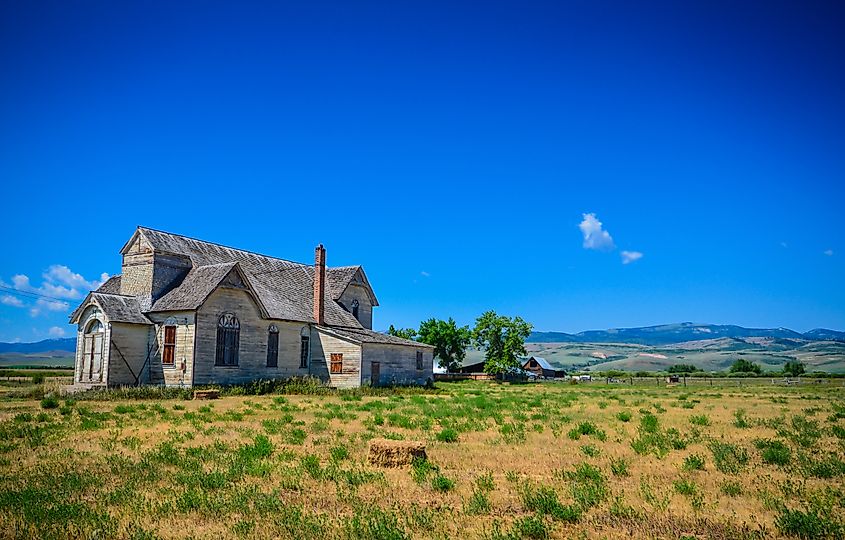
The cultural landscape of Wyoming is deeply intertwined with its history of pioneering spirit and rugged individualism. Historically, the state played a significant role in the expansion of the American frontier, attracting settlers seeking adventure and opportunity. Despite this rich cultural heritage, Wyoming's population remains relatively small. Cultural factors, including a preference for wide-open spaces and a sense of self-reliance, contribute to the state's low population density. Moreover, the legacy of Wyoming's frontier past continues to shape attitudes towards settlement and community life, influencing migration patterns in the modern day.
Government Policies
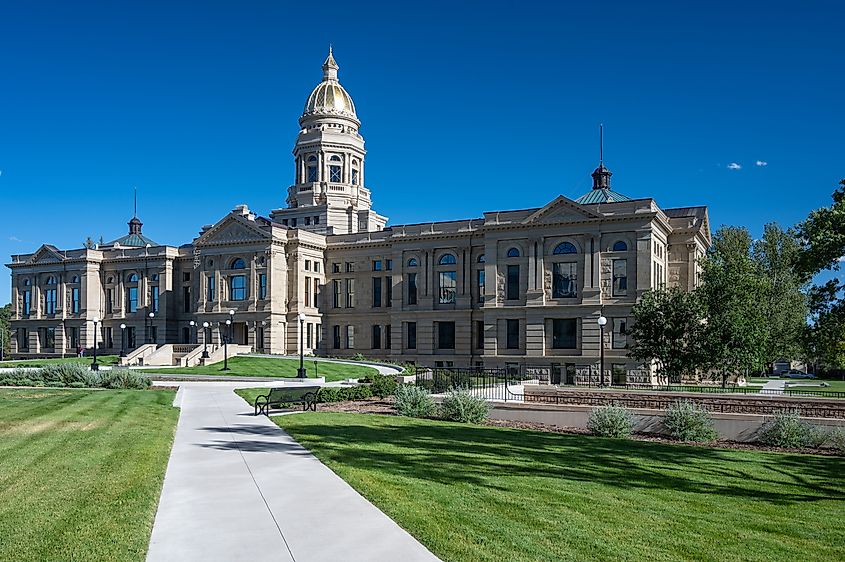
State Capitol of Wyoming in Cheyenne
Governmental policies play a crucial role in shaping population dynamics within Wyoming. While the state has implemented various initiatives aimed at attracting residents, including tax incentives and infrastructure development projects, challenges persist in retaining a stable population base. Factors such as limited access to healthcare and educational resources, particularly in rural areas, pose barriers to attracting and retaining residents. Additionally, regulatory frameworks governing land use and resource extraction can impact the economic viability of certain regions, further influencing settlement patterns.
Conclusion
Wyoming's status as the least populated state in the US is a product of complex interactions between geographic, economic, cultural, and governmental factors. While the state's rugged beauty and pioneering spirit hold a unique allure for some, challenges such as harsh climate conditions and limited economic opportunities present barriers to widespread settlement. Understanding these dynamics is essential for policymakers and residents as they navigate the opportunities and challenges of Wyoming's demographic landscape.


